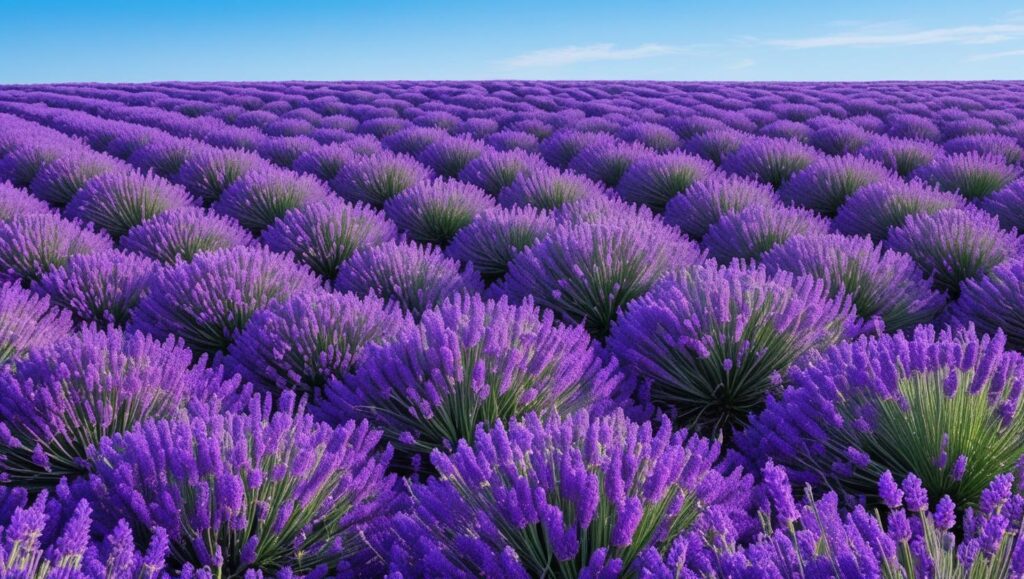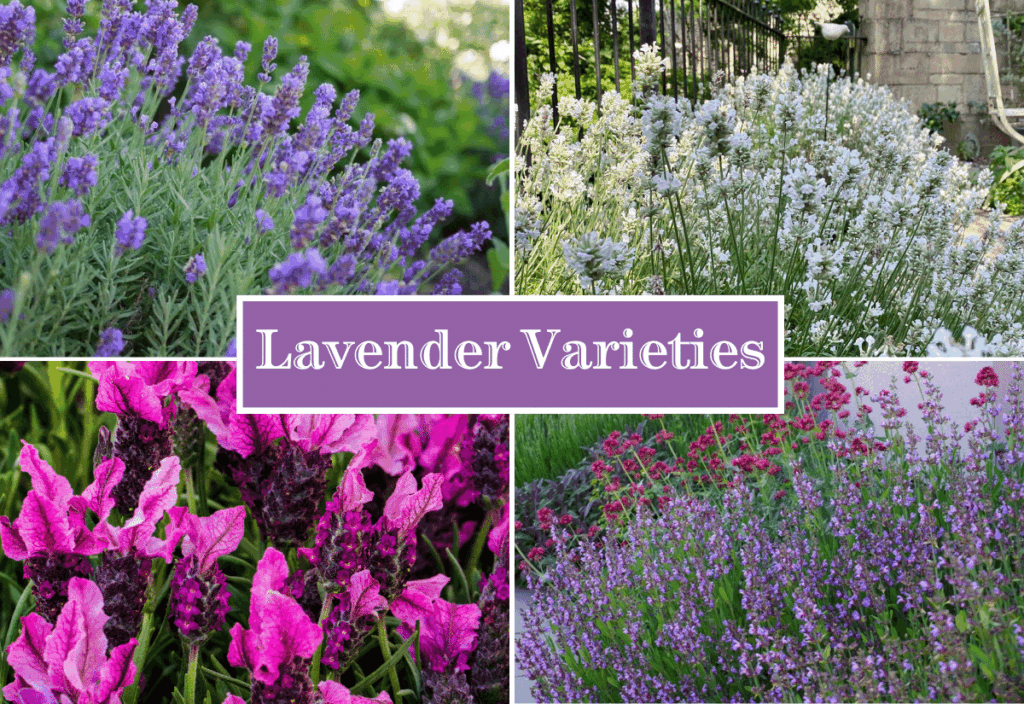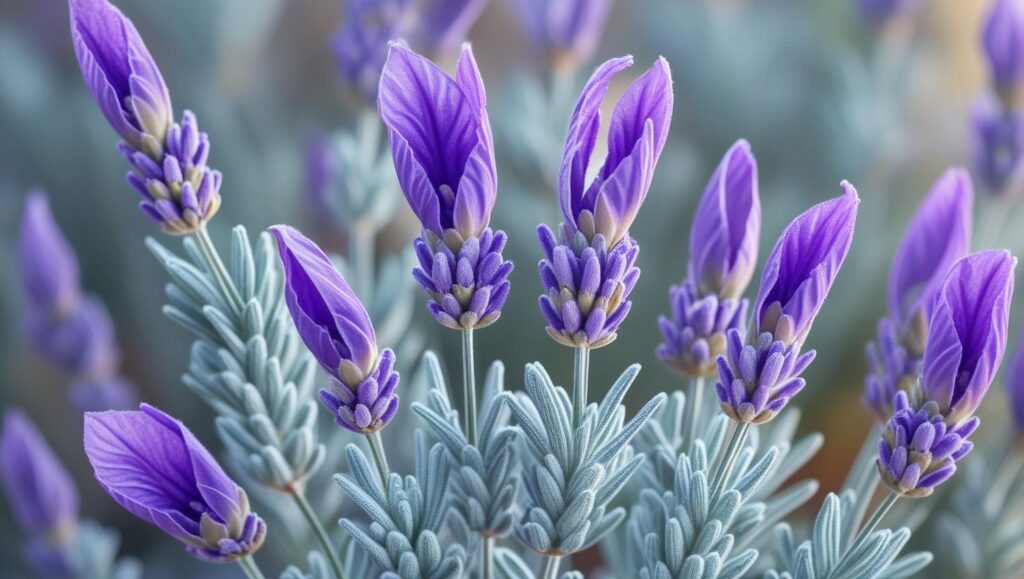For centuries, gardeners and homeowners have utilized lavender for its aromatic and aesthetic qualities. Today, a renewed focus on sensory gardens and resilient landscaping has brought a diverse range of beautiful lavender plants to the forefront. Chosen for their distinct blooms, fragrances, and growth habits, these varieties offer solutions for everything from compact container gardens to expansive landscape designs, providing significant ecological benefits by attracting pollinators while often deterring pests like deer and rabbits.
This guide provides an objective analysis of eight standout lavender varieties, detailing their characteristics and optimal growing conditions to inform selection for a global audience. The information is synthesized from horticultural experts at leading institutions, including the Royal Horticultural Society and several university extension programs, ensuring factual accuracy for gardeners of all levels.

Key Lavender Types at a Glance
| Variety Type | Common Name | Key Characteristics | Recommended USDA Zone |
| Lavandula angustifolia | English Lavender | Classic aroma, compact form, excellent for culinary use and drying. | 5-9 |
| Lavandula x intermedia | Lavandin | Intense fragrance, high oil content, large size, vigorous growth. | 5-9 |
| Lavandula stoechas | Spanish Lavender | Unique “rabbit ear” bracts, blooms early, less cold-hardy. | 7-9 |
Understanding Lavender: Beyond a Single Plant
Before selecting a specimen, it is crucial to understand that “lavender” is a genus comprising dozens of species and hundreds of cultivars. The most common garden types are English, Spanish, and French lavenders, along with their hybrids. Each possesses different attributes related to hardiness, fragrance, and appearance.
According to the Utah State University Extension, the key to successfully cultivating any lavender is providing full sun and exceptionally well-drained soil. Lavender is a Mediterranean native and abhors wet feet; poor drainage is the most common reason for plant failure. A soil pH between 6.5 and 7.5 is ideal for most varieties.
A Guide to 8 Beautiful Lavender Plants
The following selection represents a cross-section of the most reliable and aesthetically pleasing lavender varieties available, suitable for a range of climates and garden applications.
1. English Lavender (Lavandula angustifolia ‘Munstead’)
‘Munstead’ is a classic, compact English lavender prized for its reliability and versatility. It typically grows 12 to 18 inches tall, forming a dense mound of silvery-green foliage. Its flowers are a traditional, soft blue-purple and are highly fragrant.
The North Carolina Extension Gardener Plant Toolbox notes that its manageable size makes ‘Munstead’ an excellent choice for borders, edging, and container gardening. It is also one of the most popular lavender varieties for culinary purposes due to its sweet, low-camphor flavor profile.
2. English Lavender (Lavandula angustifolia ‘Hidcote’)
Similar to ‘Munstead’, ‘Hidcote’ is another stalwart English variety but is distinguished by its deep, violet-blue flowers and more compact, silvery foliage. It reaches a height of approximately 20 inches. The contrast between its dark flowers and light leaves makes it a striking visual accent in any garden design.
‘Hidcote’ is particularly valued for its use in dried floral arrangements and crafts, as it retains its rich color exceptionally well.
3. Lavandin (Lavandula x intermedia ‘Grosso’)
‘Grosso’ is a hybrid lavender, or Lavandin, known for its vigorous growth and exceptionally high essential oil content. As noted by Walters Gardens, Inc., it is one of the most fragrant of all lavenders, making it the primary choice for the French perfume industry.
This variety is larger than English types, often reaching 24 to 30 inches in height with long, elegant flower spikes. Its robust nature and powerful scent make it ideal for mass plantings and creating fragrant hedges. Proper spacing is essential to ensure good air circulation for these larger plants.
4. Lavandin (Lavandula x intermedia ‘Phenomenal’)
Aptly named, ‘Phenomenal’ is a modern hybrid celebrated for its remarkable hardiness and tolerance of both heat and humidity. Monrovia, a major plant grower, highlights that it was selected for its ability to survive winter without the dieback that can affect other varieties.
It grows in uniform mounds 2 to 3 feet tall and wide, with silvery foliage and long spikes of violet-blue flowers. ‘Phenomenal’ is an excellent choice for gardeners in regions with challenging weather conditions, offering both beauty and resilience.

5. French Lavender (Lavandula dentata)
French lavender is distinguished by its finely toothed, gray-green leaves, which are aromatic in their own right. It is a larger, shrub-like plant that can provide year-round structure in milder climates. The flowers are light purple with a subtler fragrance than other lavenders.
As detailed by Garden Design magazine’s online resources, French lavender is less about the powerful floral scent and more about its unique foliage and long bloom time, often flowering nearly continuously in frost-free locations.
6. Spanish Lavender (Lavandula stoechas)
Instantly recognizable by the distinctive, petal-like bracts that emerge from the top of each flower head, Spanish lavender is often said to have “rabbit ears.” This variety blooms earlier in the season than English lavenders, providing color from mid-spring.
According to Ball Seed, a major horticultural distributor, L. stoechas thrives in hot weather but is less cold-tolerant than English varieties, generally suited for USDA Zones 7-9. Its aroma is more pungent and camphor-like compared to the sweet scent of English lavender.

7. White Lavender (Lavandula angustifolia ‘Alba’)
For a non-traditional look, white English lavender offers an elegant alternative. ‘Alba’ produces beautiful spikes of pure white flowers that stand out against its green foliage. Its growth habit and care requirements are identical to those of its purple-flowered English counterparts.
This variety works exceptionally well in moon gardens or as a sophisticated contrast plant when paired with darker flowers. Its fragrance remains the classic, sweet scent of English lavender.
8. Pink Lavender (Lavandula angustifolia ‘Rosea’)
Another unique color variation, ‘Jean Davis’ or ‘Rosea’ presents delicate, pale pink flower spikes. This English lavender cultivar maintains a compact form, typically under 24 inches, and is well-suited for container growing or front-of-border placement.
Its soft coloration provides a different aesthetic for gardening with lavender, blending well with pastel color schemes. Like other angustifolia types, its flowers are edible and can be used for culinary decoration.
Essential Lavender Care for Thriving Plants
Regardless of the variety, successful lavender care hinges on a few core principles. The Royal Horticultural Society (RHS) emphasizes that pruning is not optional. Lavender should be pruned annually, typically after flowering, to remove spent stems and about one-third of the leafy growth. This prevents the plant from becoming woody and sparse.
Watering should be infrequent but deep for newly planted lavender. Once established, the plants are highly drought-tolerant and require minimal watering. Over-fertilizing should be avoided, as it can lead to lush foliage at the expense of flowers.
The enduring appeal of these plants lies in their sensory generosity and utility. By selecting the right cultivar for a specific climate and space, gardeners can ensure a long-lasting display of color and fragrance. The diversity within the Lavandula genus offers a suitable option for nearly any sunny, well-drained location.
Beyond the Border: Homeowners Embrace Fence Line Flower Bed Ideas to Maximize Outdoor Space
